Name Jane Shore | Died 1527 | |
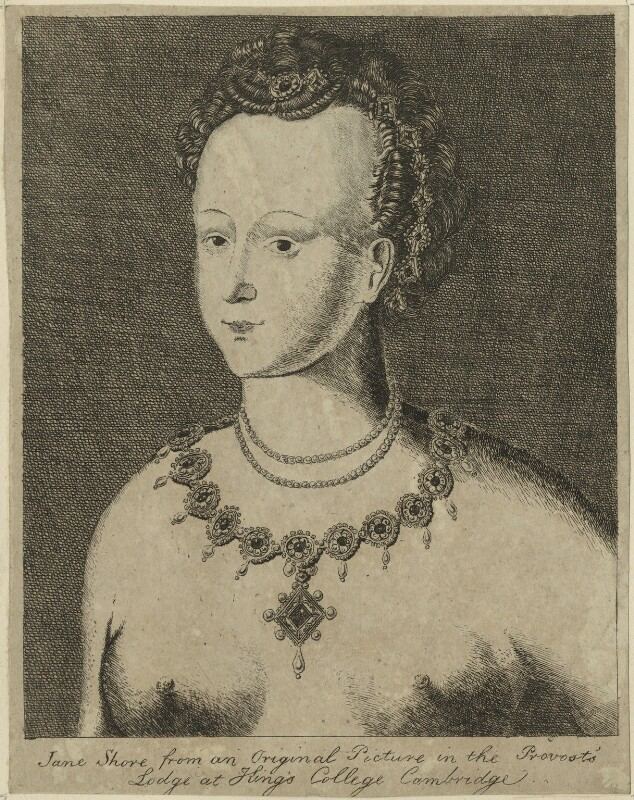 | ||
Spouse Thomas Lynom (m. 1484), William Shore (m. ?–1476) | ||
Jane shore s role in royal mistress
Elizabeth "Jane" Shore (née Lambert) (c.1445 – c.1527) was one of the many mistresses of King Edward IV of England, one of three whom he described as "the merriest, the wiliest, and the holiest harlots" in his realm. She also became a concubine to other noblemen, including Edward's stepson, Thomas Grey, 1st Marquess of Dorset, and William Hastings, 1st Baron Hastings, his close friend and adviser.
Contents
- Jane shore s role in royal mistress
- A poetry reading david gewanter and jane shore
- Early life and first marriage
- Royal mistress
- Prison second marriage and later life
- Fiction
- Drama
- Poetry
- Novels
- Film
- Television
- References
A poetry reading david gewanter and jane shore
Early life and first marriage
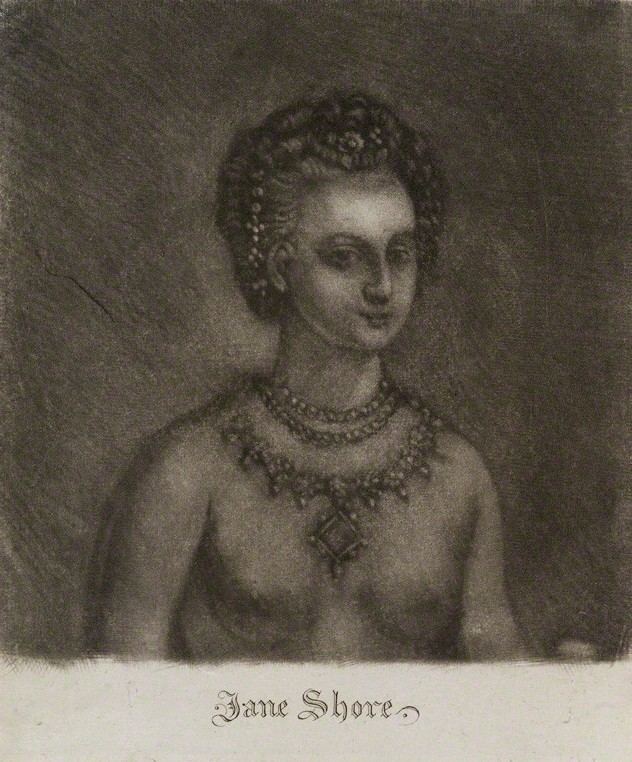
Born in London in about 1445, Elizabeth Lambert was the daughter of a prosperous merchant, John Lambert, and his wife Amy, who was the daughter of a well-off grocer named Robert Marshall. The name "Jane", which has sometimes been attached to her, was the invention of a 17th-century playwright (Heywood), because during the course of the sixteenth century, her real first name was omitted, then forgotten by authors.
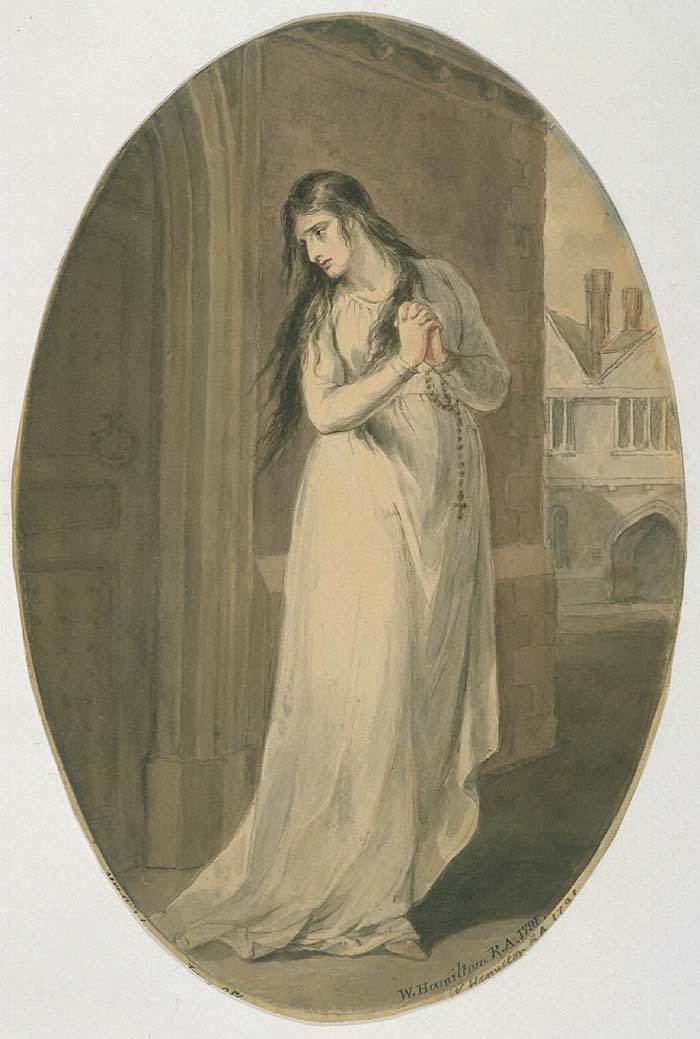
Spending time in her father’s shop at a young age may have brought the young Elizabeth into contact with ladies of high rank. C J S Thompson's highly romanticised biography, The Witchery of Jane Shore, the Rose of London: The Romance of a Royal Mistress (1933) claimed that she was able to observe their behaviour and gain an understanding of the manners of those higher ranking than herself. She was thought to have been highly intelligent, and as a result received an education that was not usually associated with a person of her class. Thompson also claimed that her beauty earned her the title of “The Rose of London” – although this is not mentioned in contemporary sources.
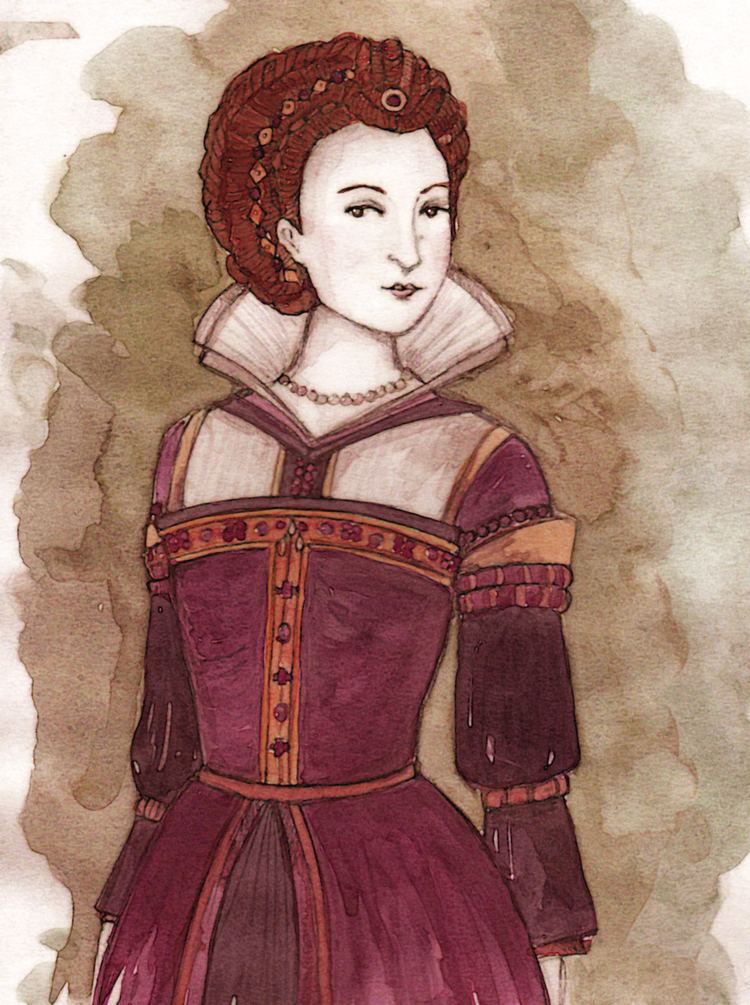
She attracted many suitors, among them William Hastings, 1st Baron Hastings, friend and confidant of Edward IV. It is likely Hastings fell in love with Elizabeth Lambert before her marriage. His affection for her is apparent later in life by his continual protection of her. Her beauty was not the only characteristic that made her appealing for men. She was also admired for her pleasant, warm-hearted personality and her wit.
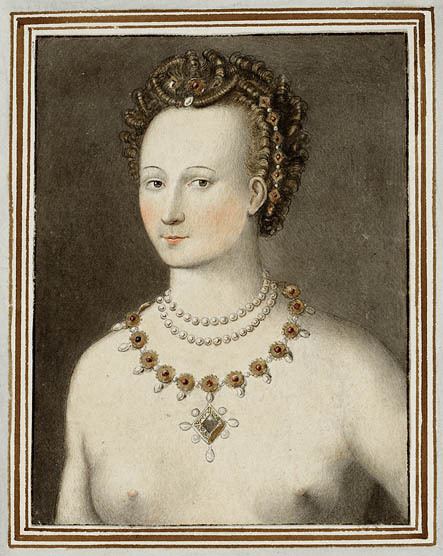
Such extreme attention made John Lambert desirous of finding his daughter a suitable husband. Such an opportunity presented itself with William Shore (d. 1494), a goldsmith and banker and common visitor to the Lambert home. He was approximately 14 or 15 years older than Jane. Though handsome and well-to-do, he never really won her affections. Their marriage was annulled in March 1476 after she petitioned for the annulment of her marriage on the grounds that her husband was impotent, which prevented her from fulfilling her desire to have children. Pope Sixtus IV commissioned three bishops to decide the case, and they granted the annulment.
Royal mistress
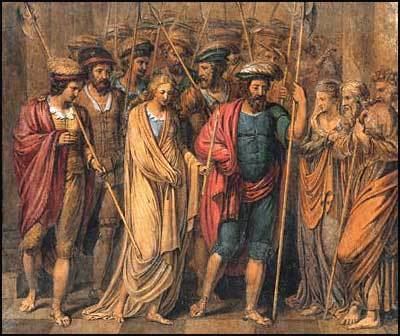
According to the Patent Rolls for 4 December 1476, it was during this same year that Shore began her liaison with Edward IV, after his return from France. Edward did not discard her as he did many of his mistresses, and was completely devoted to her. She had a large amount of influence over the king, but would not use it for her own personal gain. This was exemplified by her practice of bringing those out of favour before the king to help them gain pardon. Shore, according to the official records, was not showered with gifts, unlike many of Edward's previous mistresses. Their relationship lasted until Edward's death in 1483.
Prison, second marriage and later life
Shore also had two other lovers: Edward IV's eldest stepson, Thomas Grey, 1st Marquess of Dorset, and William Hastings, 1st Baron Hastings. Grey's wife was the wealthy heiress Cecily Bonville, 7th Baroness Harington, who also happened to be Hastings' stepdaughter. Shore was instrumental in bringing about the alliance between Hastings and the Woodvilles, which was formed while Richard, Duke of Gloucester, was Protector, before he took the throne as King Richard III. She was accused of carrying messages between Hastings and Edward IV's widow, Elizabeth Woodville. It was because of her role in this alliance that Shore was charged with conspiracy, along with Hastings and the Woodvilles, against the Protector's government.
Shore's punishment included open penance at Paul's Cross for her promiscuous behaviour by Richard, though this may have been motivated by the suspicion that she had harboured Grey when he was a fugitive or as a result of Richard’s antagonism towards any person who represented his older brother’s court. A clash of personalities between the lighthearted Shore and stern Richard also generated a mutual dislike between the two. Shore accordingly went in her kirtle through the streets one Sunday with a taper in her hand, attracting a lot of male attention all along the way.
After her public penitence, Shore resided in Ludgate prison. While there, she captivated the King's Solicitor General, Thomas Lynom. After he expressed an interest in Shore to Richard, the King tried to dissuade him for his own good. This is evinced by a letter to John Russell from Richard, where the King asked the chancellor to try to prevent the marriage, but if Lynom were determined on the marriage, to release Shore from prison and put her in the charge of her father until Richard's next arrival in London when the marriage could take place. They were married and had one daughter. It is believed that Shore lived out the remainder of her life in bourgeois respectability. Lynom lost his position as King's Solicitor when Henry VII defeated Richard III at the Battle of Bosworth in August 1485, but he was able to stay on as a mid-level bureaucrat in the new reign, becoming a gentleman who sat on the commissions in the Welsh Marches and clerk controller to Arthur, Prince of Wales, at Ludlow Castle. Thomas More, writing when she was still alive, but very old, declared that even then an attentive observer might discern in her shriveled countenance traces of her former beauty.
Fiction
For a bibliography see James L. Harner, "Jane Shore in Literature: A Checklist" in Notes and Queries, v. 226, December 1981, p. 496.
Drama
Poetry
Novels
Film
The IMDB database lists three films entitled Jane Shore:
